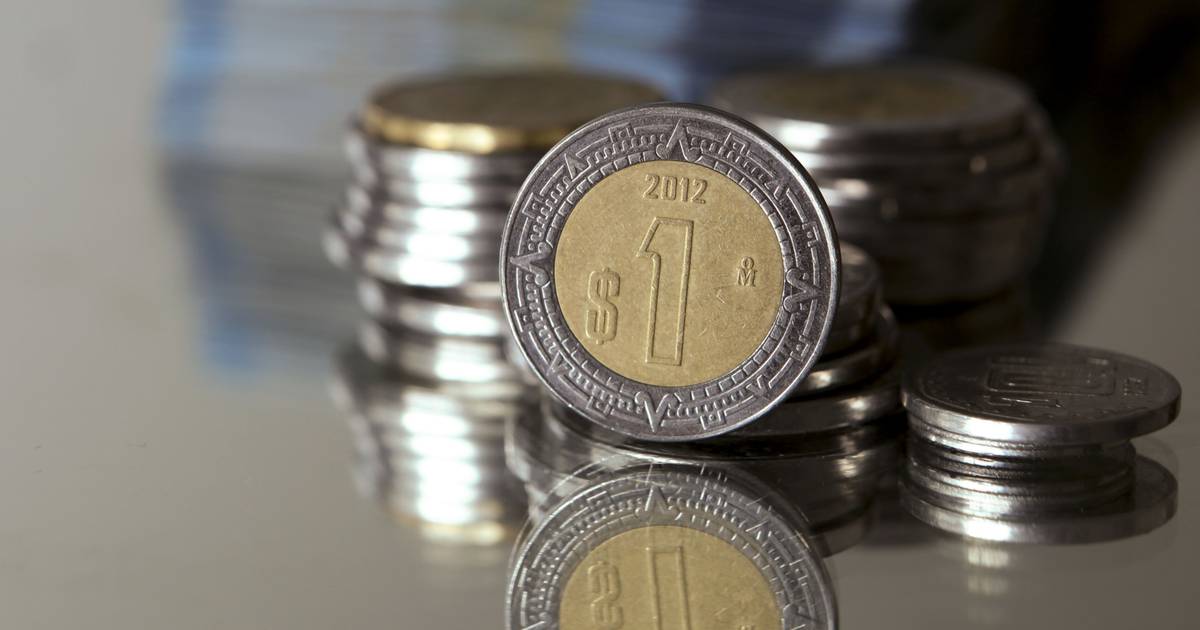Director of the BA in Economics at the College of Government and Economics at Pan American University
The news was released last week that Banco de México will release a digital currency in 2024. Speaking of digital currencies, we tend to think of Bitcoin and other cryptocurrencies; However, the digital currency that will be issued by Banco de México is somewhat different. It is worth clarifying what we can expect from this central bank initiative.
Banco de México has been outperformed by many central banks when it comes to issuing digital currencies. In 2020, the Bahamas issued its first digital currency called sand dollar. The Bank for International Settlements conducted a survey last year and found that 86 percent of central banks surveyed were exploring the possibility of issuing a central bank digital currency (CBDC), 60 percent were experimenting with technology and 14 percent were beta.
The first thing to clarify is that central bank digital currencies are not cryptocurrencies. Bitcoin is a decentralized currency, meaning that it was created to be a currency without a bank or central authority to regulate or control it. Cryptocurrencies rely on cryptography and blockchain to avoid the need for a central authority. A central bank does not need the technology that underpins cryptocurrencies.
In this way, the Banco de México digital currency will be part of the money supply itself. This digital currency will be in peso, but in a digital format and will be stored in a file Implementation That would serve as a digital wallet and payment method. This currency should work in a similar way to cash payment for goods and services using the (digital) peso that the user has on his cell phone.
The Bank of Mexico is seeking to develop the financial system, so it is very likely that it will seek to operate the digital currency in two stages. First, the central bank will make the digital currency available to commercial banks for a one-to-one peso deposit. In the second stage, commercial banks distribute the digital currency to end users.
An important issue is anonymity. Cash does not create a record of its use. Digital currency can be designed to have this feature or not. This is an interesting discussion. It seems to me that the democratic principles and defense of individual rights that Mexico should have should encourage the central bank to respect anonymity. However, concerns about issues such as money laundering and the purchase of illegal goods could justify putting a limit on the amount of digital money that can be used anonymously in a transaction. This can be a complex decision.
Launching a digital currency can have many advantages, including lowering the cost of issuing currency, avoiding counterfeiting of coins and bills, and contributing to financial inclusion. Unfortunately, there is almost no official information about this from the Central Bank. In fact, although the federal government announced the creation of the digital currency for the year 2024, the Bank of Mexico has not shared information about it. The central bank must establish a clear position on the possibility of creating a digital currency and communicate it as clearly as possible.

“Problem solver. Proud twitter specialist. Travel aficionado. Introvert. Coffee trailblazer. Professional zombie ninja. Extreme gamer.”




More Stories
Below is the schedule of pension payments as of July 2022. Find out what benefits you will get after the changes [17.07.2022]
Overview of the new electric sports cars for the Hyundai Ioniq 5 N and Ioniq 6 N
Portugal has launched a floating solar power plant. It is the largest structure of this type in Europe – Economy